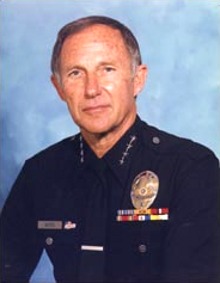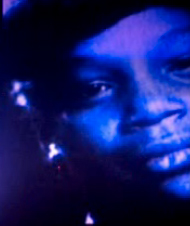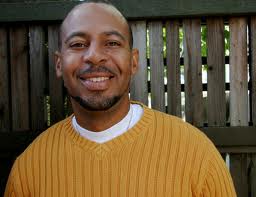 Wanna make sure that folks are up to speed with whats happening with the case around 13-year-old Andy Lopez who gunned down by Sonoma County sheriff deputies as he walked to a friend’s house to return a toy gun…
Wanna make sure that folks are up to speed with whats happening with the case around 13-year-old Andy Lopez who gunned down by Sonoma County sheriff deputies as he walked to a friend’s house to return a toy gun…
There have been lots of protests in the area mainly led by Andy’s classmates, which means the participants are 12-16 years old..Many of the parents of these kids have also been out protesting.. Andy’s murder at the hands of Deputy Erick Gelhaus marked the 57th killing in 10 years by sheriff and police in that area..
The protests have been mostly peaceful.. but that has not stopped local police intent on protecting Gelhaus from waging a intimidation campaign..The tactics they’ve used include mass ticketing protestors and enforcing arcane laws that most people never heard or knew about …They been spotlighting protest leaders and doing everything from making rude comments and gestures to actually physically assaulting folks.. These incidents have been painstakingly documented..
One protest leader, Ramon Cairo has been arrested when folks came to a city council meeting and demanded the gag order put on council members be lifted.. Ramon was clearly singled out and since then officers have been showing up in large numbers at all court proceedings to make it clear that they are in full support of the officers and not with the community https://www.indybay.org/newsitems/2013/12/17/18747971.php
http://www.youtube.com/watch?v=CORqBIHKXnM
The arrest of Ramon was deemed a distraction designed to take focus off Lopez.. protestors didn’t fall for it and increased their efforts this time focusing attention on the DA who has yet to press charges on Gelhaus but has been seen at a couple of campaign fundraisers getting ‘pretty chummy’ with police union members..
The police in turn have adopted a new strategy as noted by long time journalist and activist Tom Tompkins
In case you don’t know, I wanted to tell you of a particularly chilling development in the city’s attempt to end the protest movement up there. Because there are some “known gang members” – once a description, now a legal status robbing individuals of important rights (assembly etc) – the cops are using that to smear and scare protestors.
In an obvious but chilling move, the cops have begun a series of midnight raids at what they say are known gang members houses to arrest people who are active in this struggle to get Gelhuas, the murderous cop, indicted. That’s bad enough, but in addition they are declaring that anyone who hangs out with these individuals is legally participating in gang activity.
The implications of this are clear and really serious. It’s a convenient way to brand people, to rob them of their rights, and to scare the hell out of anyone who fights back. It’s not different from the way Homeland Security made average people afraid of all Muslims; in Santa Rosa, they’re trying to make sure that all young Latinos are branded as gang members (and it’s also a way to really screw people who were or are in gangs; their participation in this movement is a righteous social activity).
Tompkins reminded us that similar tactics were used by sheriff down in Anaheim after police shot 7 different (mostly Latino folks) last year around Disneyland.. There were mass protests and police used the gang suppression tactics to stifle and discredit protests..
The gang label is an interesting far-reaching tool used by police.. In the late 80s early 90s LAPD under the leadership of Daryl Gates launched a program called Operation Hammer. It was in response to a gang fight spilling over into the affluent Westwood community and an innocent bystander being killed. The strategy was to make contact with as many gang members and potential gang members as possible and enter them into a data base..
If you were stopped for any reason, major or minor you were given gang affiliation based on the neighborhood you lived in.. By the time the Rodney King riots (rebellions) took place, more than half of LA’s Black adult males were in the Operation Hammer gang data base..By labeling folks gang members, a whole set of rules and laws come into play for law enforcement..from gang injunctions to conspiracy to commit crime charges..It appears that’s the strategy being used in Santa Rosa…
There will be a candlelight vigil tonight (Wednesday January 23) starting at 5:30 to mark the 3 month anniversary of Lopez being killed..
We’ll keep you abreast as more details around this emerge..










